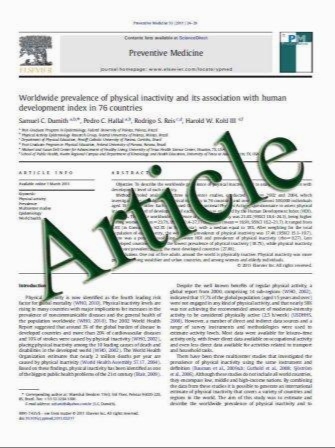Initial experience with combined endoscopic third ventriculostomy and choroid plexus cauterization for post-hemorrhagic hydrocephalus of prematurity: the importance of prepontine cistern status and the predictive value of FIESTA MRI imaging
- نوع فایل : کتاب
- زبان : انگلیسی
- مؤلف : Benjamin C. Warf & Jeffrey W. Campbell & Eric Riddle
- چاپ و سال / کشور: 2011
Description
Purpose Post-hemorrhagic hydrocephalus of prematurity (PHHP) is among the most common causes of infant hydrocephalus in developed nations. This population has a high incidence of shunt failure, infection, and slit ventricle syndrome. Although effective for other etiologies of infant hydrocephalus, the efficacy of combined endoscopic third ventriculostomy and choroid plexus cauterization (ETV/ CPC) in PHHP has not been investigated. This pilot study reports the initial experience. Methods Ten patients (four grade III and six grade IV intraventricular hemorrhage) requiring definitive treatment for PHHP underwent ETV/CPC within 6 months of birth. Seven had a prior ventriculo-subgaleal shunt. Mean age at birth was -12.8 weeks, or 25.2 weeks gestation (24– 28 weeks), and at surgery was -1.6 weeks (-11 to +11 weeks). Mean weight at surgery was 3.3 (1.0– 5.5 kg). Each patient had preoperative magnetic resonance imaging (MRI) with fast imaging employing steady-state acquisition (FIESTA). Results Four of ten (40%) required no further operations related to hydrocephalus (mean follow-up, 29.7 months). Six required another procedure (five ultimately shunted). Prepontine cistern status correlated with outcome (p=0.033). Procedures in all infants with unobstructed cisterns were successful but failed in six of seven with cisternal obstruction, with the one success having an alternative lamina terminalis endoscopic third ventriculostomy. Preoperative MRI FIESTA images correlated well with intraoperative assessment of the cistern. Conclusions Results from this small homogenous cohort suggest cistern status is an important determinant of outcome. FIESTA imaging correlated with endoscopic observation. Preliminary analysis suggests ETV/CPC as an effective treatment for PHHP, but only when the cistern is unscarred. This information should guide patient selection for future study protocols
Childs Nerv Syst (2011) 27:1063–1071 DOI 10.1007/s00381-011-1475-0 Received: 12 June 2010 / Accepted: 28 April 2011 / Published online: 10 May 2011


